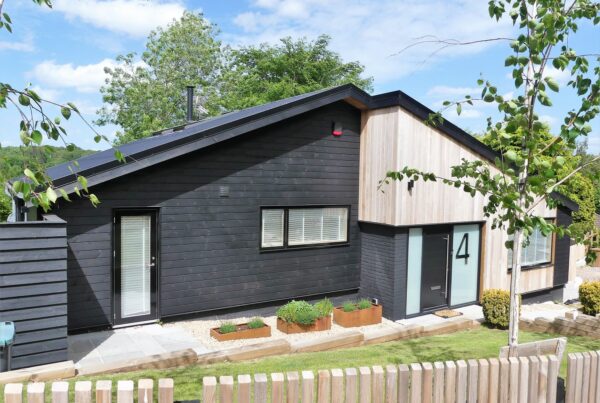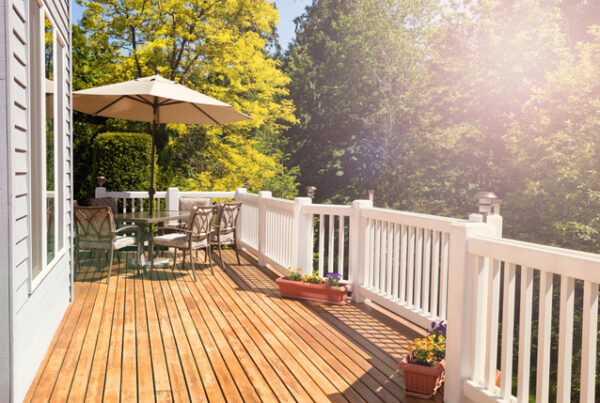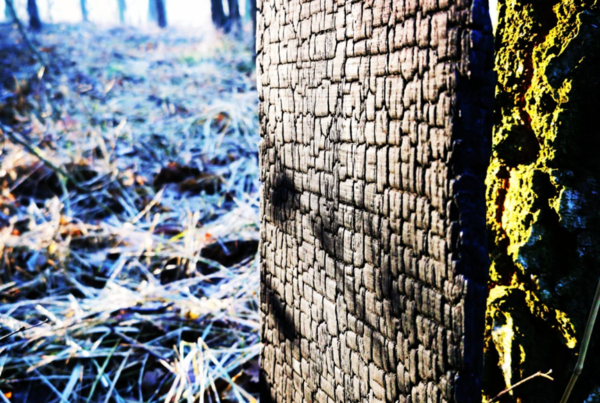The West is often inspired by Japan for decoration and the efficiency of certain construction techniques. Shou Sugi Ban or burnt wood is one of these techniques. Little known in Europe a few years ago, it is used more and more, both for the beauty and originality of the work, as it has many advantages. Here’s everything you need to know about this ancient building method.
Shou Sugi Ban, also called Yakisugi in parts of Japan, has been around for several hundred years. Some specialists date the first constructions using burnt wood in the 18th century, others believe that it is much older, and that the 18th century is the period when the technique became popular in the Japanese archipelago.

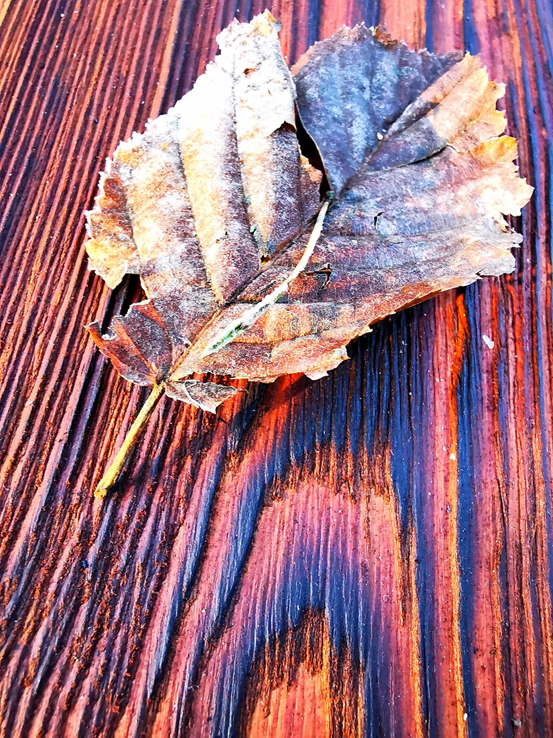
In the past, all Japanese houses were made of wood, because the populations particularly feared fires. Engineers of the day realized that burning wood slows down and even stops fire. Indeed, if the surface is already burnt, it can redden like embers, but does not make flames.
Very quickly, they also realized that burnt wood was also resistant to all fungi and mold, and that insects did not appreciate it because of its lack of nutritional value. All these advantages had the effect of seeing this technique develop until the middle of the 20th century.
A renewed interest today
It is the Canadians and the Scandinavians who brought this technique up to date, always a little for its interesting technical properties, but above all for the aesthetic side that is both modern and original.
In France, the Shou Sugi Ban technique is also having some success.
Some use it for an interesting contrast effect, especially in high-end homes, and others use burnt wood for its perfect integration into some existing buildings. This is particularly the case in Brittany and Savoy, where wooden facades are more common than elsewhere. The wood is not necessarily burned deeply as in the ancestral Japanese method, but simply burnished on the surface, which allows the grain to stand out in a beautiful way.
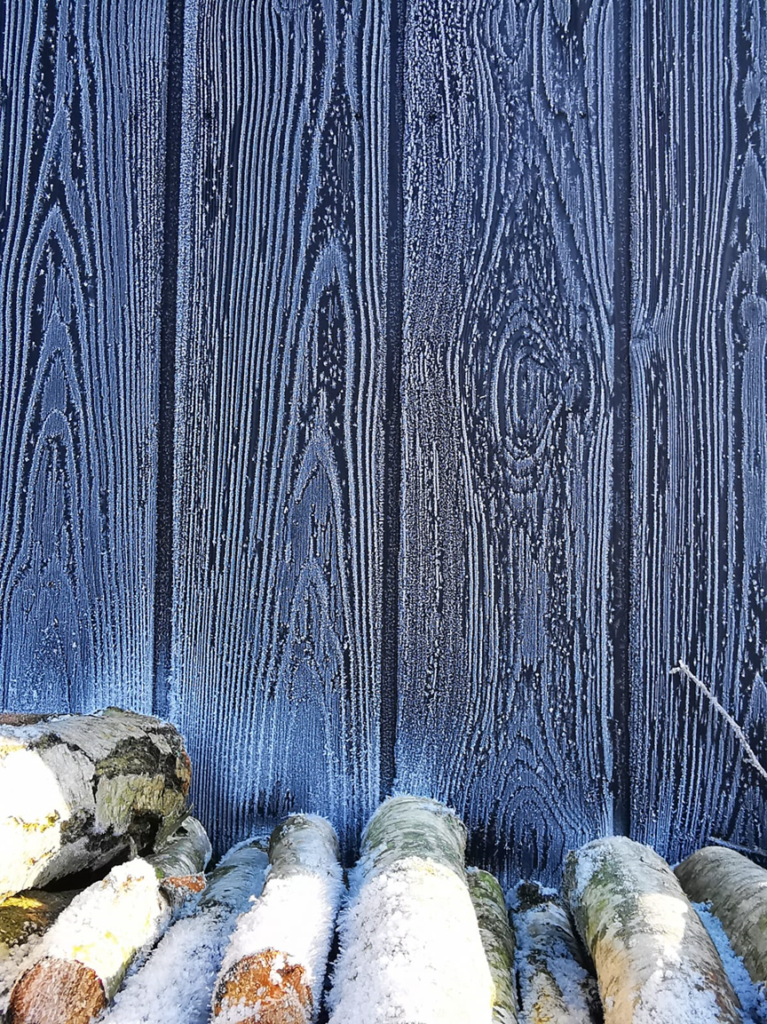
The advantages of burnt wood
The first advantage is strength and durability. Burnt wood has fairly exceptional longevity. It is harder than solid wood, provides effective fire protection, resists insect attack, and is completely rot-proof, without the need for treatment. The lifespan is estimated to be around 80 years, which is huge. In comparison, a pine treated to stay outdoors has a lifespan of fewer than 20 years.
It’s a completely natural method, and you can get different shades, depending on the degree and time of burn, the strength of the brushing, and the application of an oil or lacquer. The wood can be deep black, with gray or blue reflections, but also partially retain its original shade.
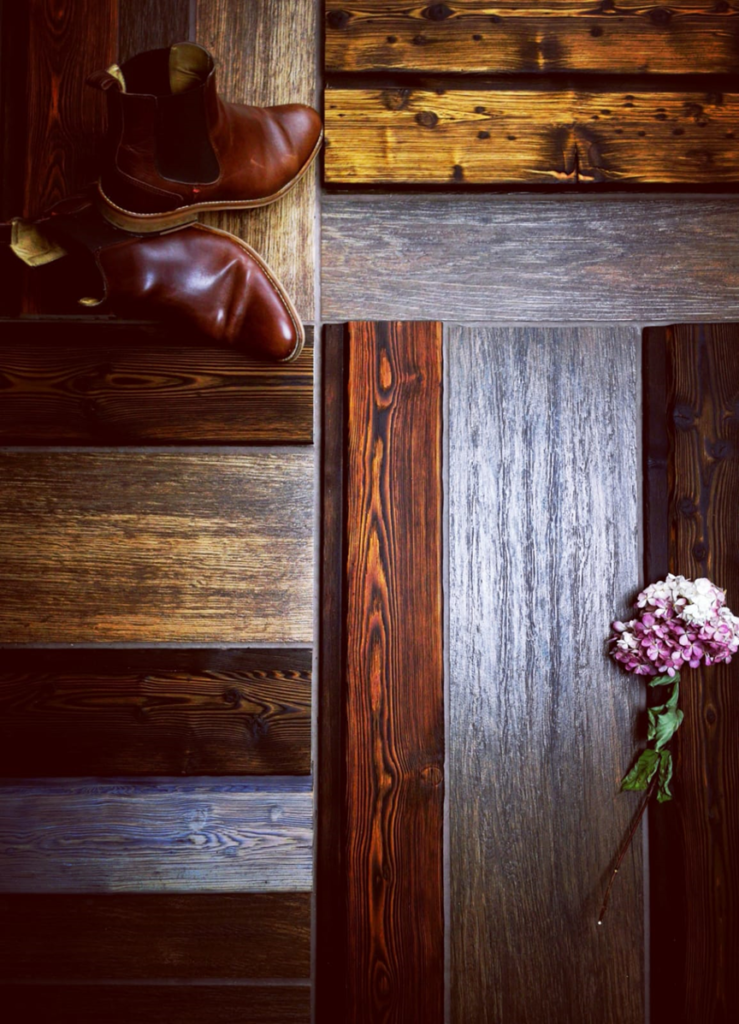
An ecological asset
The trend is currently towards ecology, and inevitably, we will have to continue to move forward in this direction for a very long time. Burnt wood is then an excellent solution, provided you use the traditional method. No chemicals are used for burning or treating wood, and only natural oils are sometimes used.
The undeniable power of design
If in the past the Japanese used it mainly in a very pragmatic way, burnt wood is now an essential decorative accessory for modern architects or decoration enthusiasts. Many designers and artists have adopted this technique, which allows them to play on the entire range of blacks, and much more.
We can play on the texture, the reflections, and the depth of the black. The wood will sometimes be dull or particularly shiny. It will show its veining or be covered with a burnt crust forming like alligator skin.
If it was only used outdoors a few years ago, burnt wood now dresses interiors with a lot of elegance. To dress only a section of wall or a door, for a kitchen, a bathroom, a living room, or a bedroom, it finds its place in many interior decoration ideas.
Besides the walls, we use burnt wood for furniture. Here again, the goal is to play on the contrasts or the different shades of the burnt wood. The limits are only those of the imagination.

